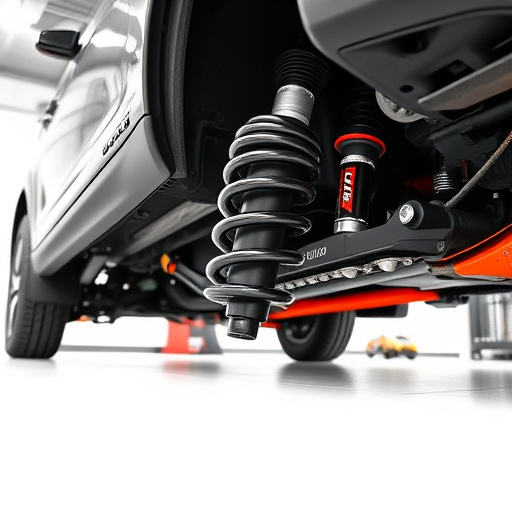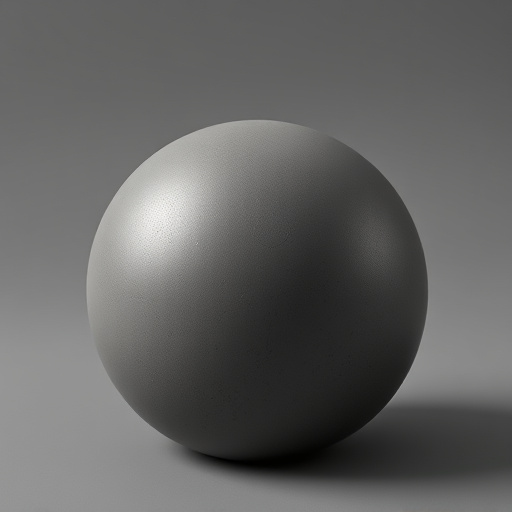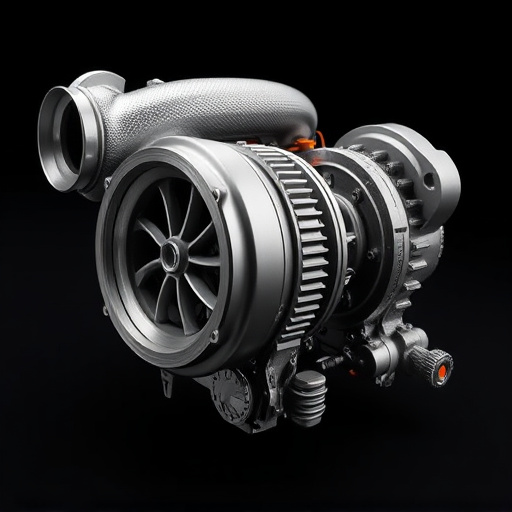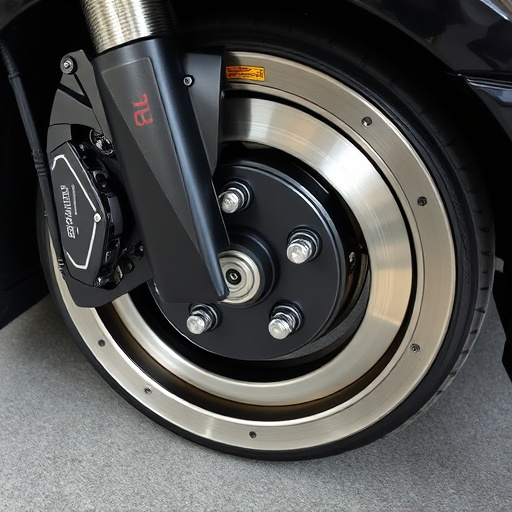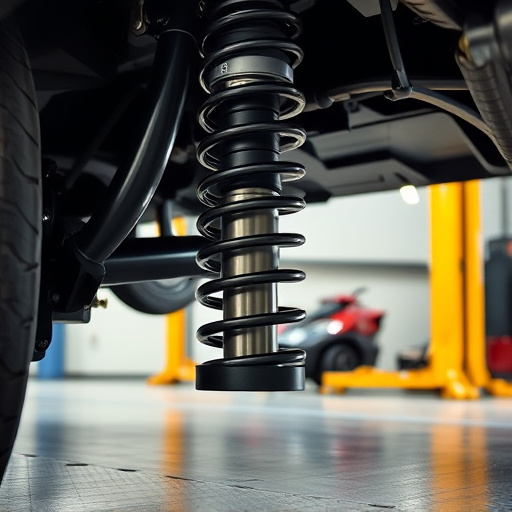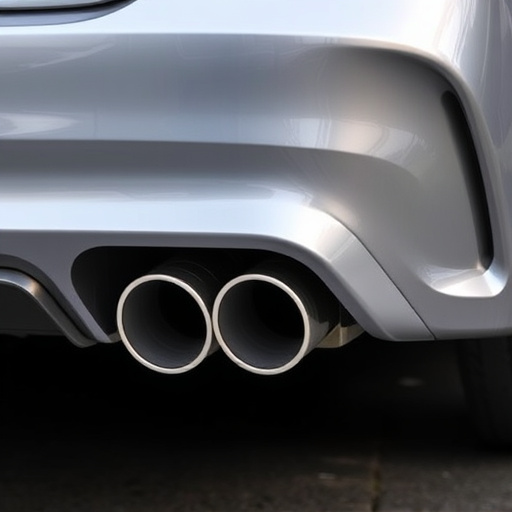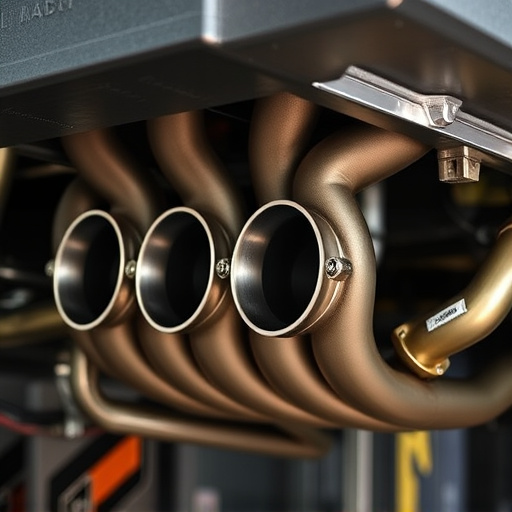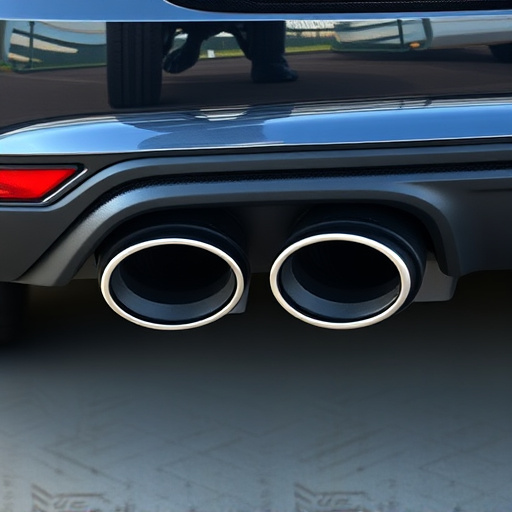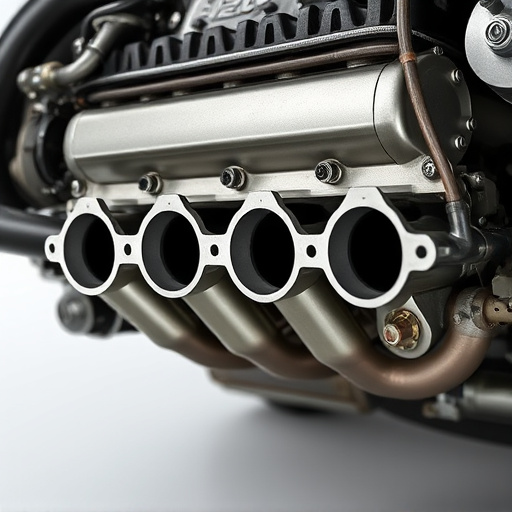Control arm upgrades are key for better vehicle handling, stability, and tire contact, especially on winding roads or tracks. Modern kits offer precision adjustments for ride height, spring rates, and damping, catering to diverse driving conditions and personal preferences. The straightforward installation process involves gathering tools, removing old arms, inspecting for damage, installing new ones, and optionally adding air filters and high-performance brakes for optimal performance and safety enhancements.
A control arm upgrade is not just about enhancing performance; it’s a strategic investment in your vehicle’s tire contact and overall handling. Control arms, pivotal links in your car’s suspension system, ensure proper alignment and stability. This article delves into the significance of control arms in maintaining optimal tire contact, explores the advantages of upgrading to advanced systems, and provides practical tips for a smooth transition. Discover how this relatively simple upgrade can revolutionize your driving experience.
- Understanding Control Arms and Their Role in Tire Contact
- The Benefits of Upgrading to Advanced Control Arm Systems
- Implementing the Upgrade: Tips for a Seamless Transition
Understanding Control Arms and Their Role in Tire Contact

Control arms are critical components of a vehicle’s suspension system, playing a pivotal role in maintaining proper tire contact with the road surface. They connect the wheels to the chassis and facilitate smooth movement, ensuring the tires remain aligned during cornering and acceleration. By keeping the tires in constant contact with the road, control arms contribute significantly to enhanced handling, stability, and overall vehicle performance.
Upgrading control arms can be a game-changer for drivers seeking improved driving dynamics. A high-quality control arm upgrade, often part of comprehensive suspension kits or paired with air filter and coilover kits, can offer several benefits. It enhances tire grip, allowing for better cornering and reduced body roll, thereby improving overall vehicle control. This is especially beneficial for those who frequently drive on winding roads or participate in track events, where precise handling and stable tire contact are paramount.
The Benefits of Upgrading to Advanced Control Arm Systems

Upgrading to advanced control arm systems offers a multitude of benefits for vehicle owners seeking enhanced performance and improved safety. Traditional control arms, while functional, often lack the precision and adaptability required for modern driving dynamics. Advanced control arm upgrade kits, however, are designed with innovative suspension components that allow for better tire contact and increased stability, especially during cornering or on uneven terrain. These upgrades can significantly improve handling characteristics, providing a smoother ride and better grip on the road.
One of the key advantages is the integration of coilover kits, which not only offer adjustable ride height but also precise control over spring rates and damping. This level of customization enables drivers to tailor their vehicle’s suspension to suit various driving conditions and personal preferences. Additionally, these upgrades can complement other modifications like exhaust tips, ensuring a well-rounded performance enhancement package that enhances both the aesthetics and capabilities of your vehicle.
Implementing the Upgrade: Tips for a Seamless Transition

Implementing the control arm upgrade is a straightforward process that can significantly enhance your vehicle’s performance and handling, ensuring proper tire contact for safer driving. The first step is to gather all necessary tools and components, including the new control arms, ball joints, and any other related parts. Create a well-lit, clean workspace, and ensure your vehicle is securely jacked up and supported on sturdy stands. Begin by removing the old control arms, taking note of their placement and any associated hardware. This step requires careful consideration to avoid damaging nearby components.
Once the old parts are removed, thoroughly inspect the existing suspension system and surrounding areas. Make sure there are no signs of rust or severe wear, especially on the ball joints. Clean the area if needed and install the new control arms, ensuring they align with the vehicle’s specifications for accurate tire positioning. Remember to replace any worn-out hardware as well, such as bolts and bushings. For an easier transition, consider using air filter kits and high-performance brake pads to complement the upgrade, enhancing overall vehicle dynamics and safety measures.
A control arm upgrade is not just a technical enhancement; it’s an investment in your vehicle’s safety and performance. By transitioning to advanced control arm systems, drivers can expect improved tire contact, better handling, and enhanced overall driving experience. This simple yet powerful upgrade ensures your vehicle stays in top form, offering both reliability and control on the road. Implement these changes smoothly, and you’ll soon reap the benefits of a refined driving dynamic.

